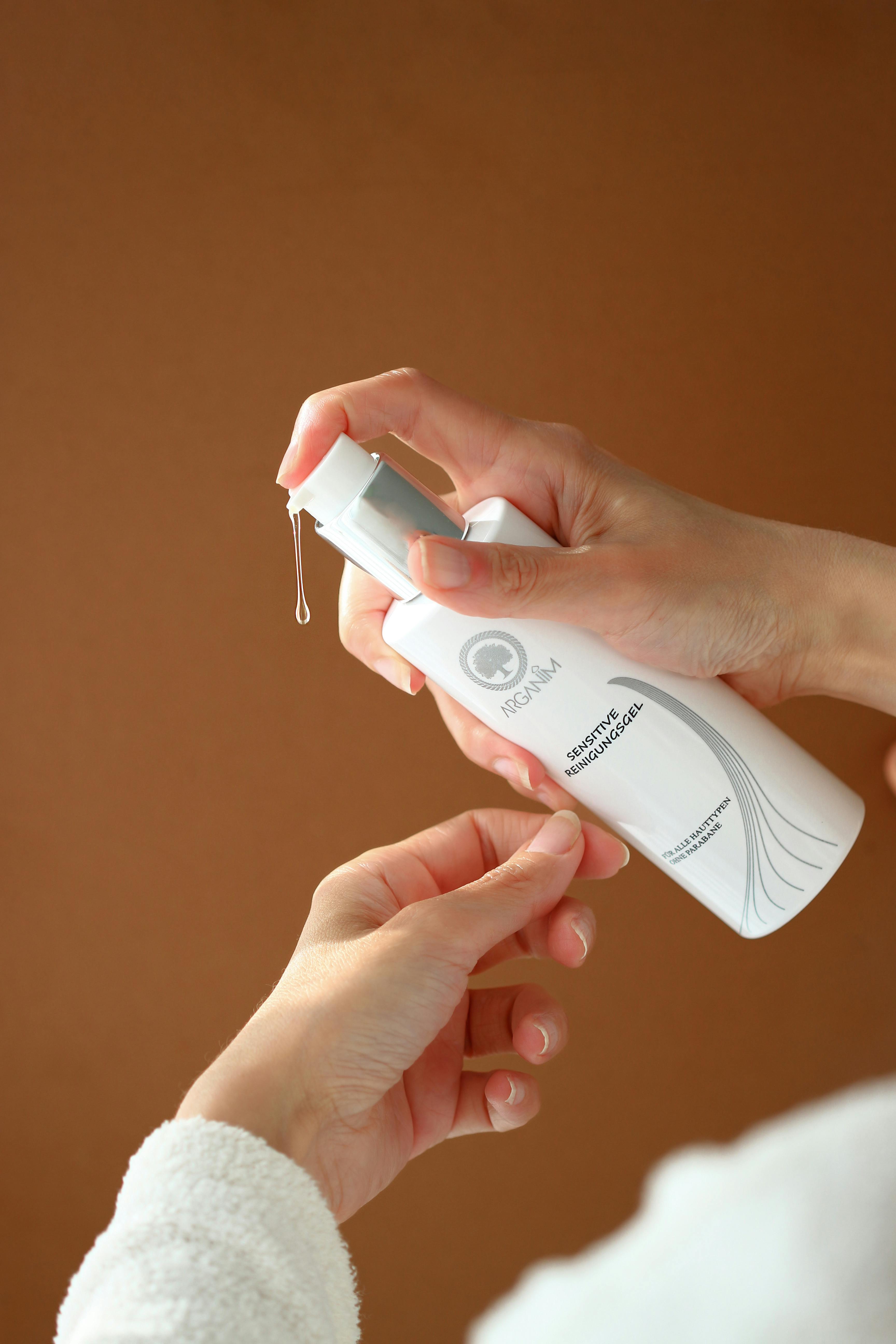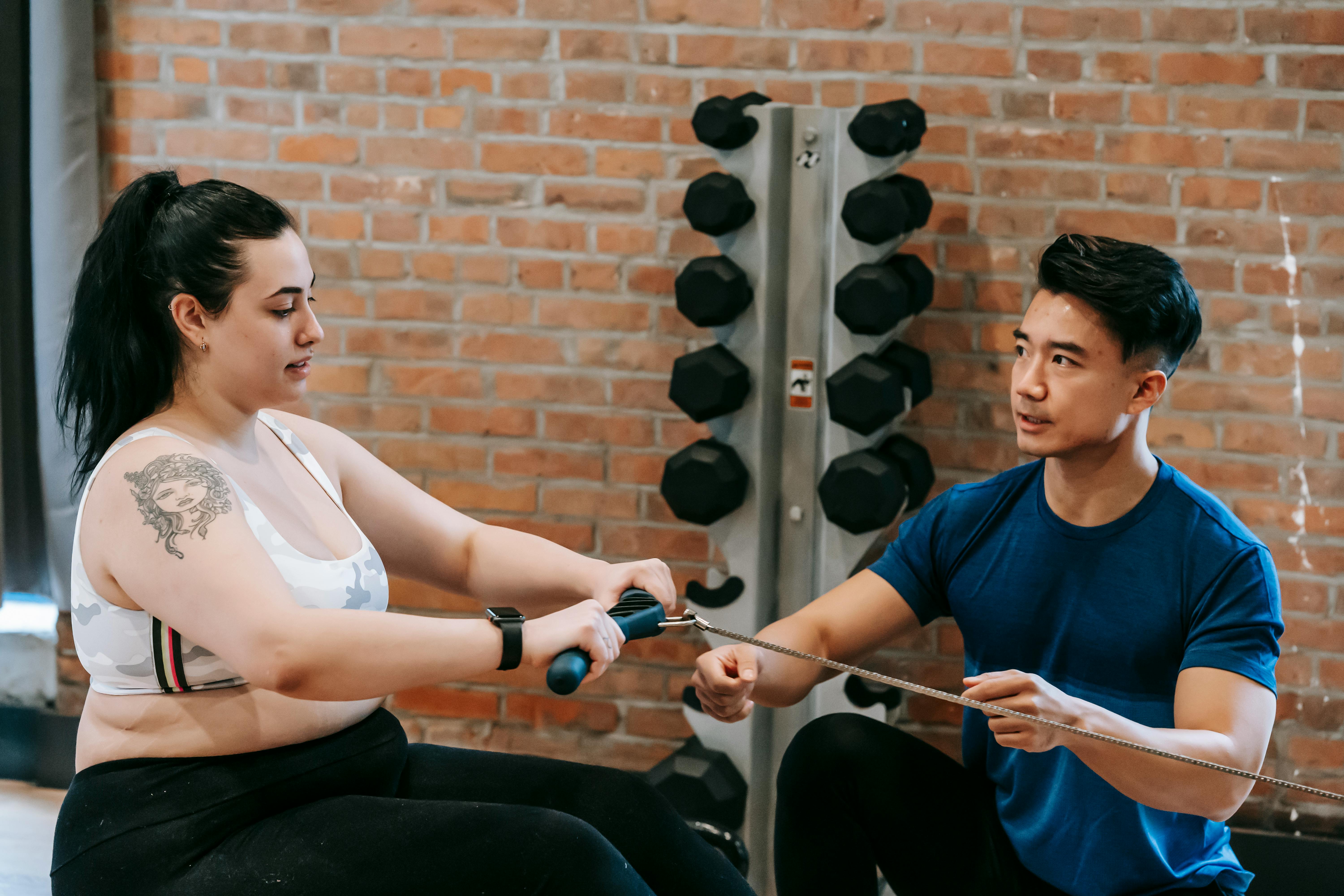So you’re in the field of Occupational Therapy and you’re looking for a comprehensive list of essential equipment. Well, you’re in luck! We’ve got just what you need. Say hello to our “Essential Occupational Therapy Equipment: A Comprehensive List in PDF Format.” This handy guide is jam-packed with all the equipment you need to provide top-notch care to your patients. From therapy balls to adaptive utensils, it’s got everything you need, conveniently organized in an easy-to-read PDF format. So sit back, relax, and get ready to take your practice to the next level with this essential resource.

Assessment Tools
Goniometer
The goniometer is a common assessment tool used in occupational therapy to measure the range of motion in a joint. It consists of a protractor-like device with two arms that can be adjusted to fit the joint being assessed. By placing the arms over the joint, therapists can accurately measure the angle of movement in degrees. This information is essential in determining a patient’s level of function and progress in their therapy.
Purdue Pegboard Test
The Purdue Pegboard Test is a widely used assessment tool in occupational therapy that measures manual dexterity and fine motor skills. It consists of a pegboard with different-sized holes and pegs. The patient is timed as they try to place as many pegs as possible in the board within a given time frame. This test provides valuable information about a patient’s hand-eye coordination, finger dexterity, and motor planning skills.
Assessment of Motor and Process Skills (AMPS)
The Assessment of Motor and Process Skills (AMPS) is a comprehensive assessment tool used to evaluate a patient’s motor and process skills in performing everyday tasks. It involves observing the patient as they perform specific activities, such as cooking, dressing, or cleaning. The therapist assesses the patient’s efficiency, safety, and quality of performance. The AMPS provides a standardized and reliable measure of a patient’s functional abilities and helps guide the therapist in developing appropriate intervention strategies.
Minnesota Manual Dexterity Test
The Minnesota Manual Dexterity Test assesses a patient’s fine motor skills and hand-eye coordination. It consists of a set of small, pegged, and grooved blocks that the patient must manipulate within a specific time limit. The test evaluates the patient’s ability to pick up, place, and turn the blocks, providing valuable information about their manual dexterity and coordination. Occupational therapists often use this test to assess and monitor progress in patients with hand and upper extremity injuries or conditions.
Barthel Index
The Barthel Index is a widely used assessment tool in occupational therapy to measure a patient’s functional independence in activities of daily living (ADLs). It consists of ten items that evaluate the patient’s ability to perform basic tasks, such as feeding, grooming, bathing, dressing, and toileting. Each item is scored on a scale from 0 (dependent) to 100 (independent). The total score reflects the patient’s overall level of independence in ADLs and helps guide the therapist in planning appropriate interventions and measuring progress.

ADL Equipment
Adaptive Utensils
Adaptive utensils are specially designed eating utensils that assist individuals with limited hand function or mobility in self-feeding tasks. These utensils often feature larger handles for better grip, weighted designs for improved control, and specialized shapes for easier manipulation. Adaptive utensils can help individuals with conditions such as arthritis, stroke, or spinal cord injuries regain independence and improve their ability to feed themselves.
Reacher/Grabber
A reacher or grabber is a simple yet essential piece of ADL equipment in occupational therapy. It consists of a long handle with a grasping mechanism at one end that allows individuals with limited reach or mobility to pick up objects from the floor, high shelves, or other hard-to-reach places. Reachers come in various lengths and designs to accommodate different individuals’ needs and can be a valuable tool in promoting independence and reducing the risk of falls or injuries.
Dressing Aids
Dressing aids are devices designed to assist individuals with limited mobility or dexterity in dressing and undressing. They can include tools such as button hooks, zipper pulls, sock aids, and dressing sticks. These aids can help individuals with conditions such as arthritis, paralysis, or limb weakness to independently manage various aspects of dressing, enhancing their self-care abilities and overall quality of life.
Wheelchair
A wheelchair is a mobility aid that provides individuals with limited or no walking ability the means to move around independently. Occupational therapists often assess and prescribe wheelchairs based on a patient’s specific needs, including factors such as posture, mobility level, and functional goals. Wheelchairs can be manual (self-propelled or pushed by a caregiver) or electrically powered, offering individuals with mobility impairments the freedom and mobility to engage in daily activities and participate in their communities.
Shower Chair/Bench
A shower chair or bench is a valuable piece of equipment that provides safety and support to individuals with mobility or balance issues during showering or bathing. These chairs or benches are designed to be placed inside a shower or bathtub and are made of waterproof materials. They often feature adjustable height, backrests, and armrests to accommodate different users and provide stability and comfort during hygiene routines.

Mobility Aids
Orthotic Devices
Orthotic devices, also known as braces or splints, are supportive devices used to assist individuals with musculoskeletal or neurological conditions in achieving proper alignment and stabilization. These devices can be custom-made or off-the-shelf and can be worn on various body parts, such as the wrists, elbows, knees, or ankles. Orthotic devices help improve joint stability, provide pain relief, and enhance functional abilities, allowing individuals to engage in daily activities with greater ease and reduced risk of injury.
Walking Aids (Canes, Crutches, Walkers)
Walking aids, such as canes, crutches, and walkers, are essential mobility aids that assist individuals with balance, stability, and ambulation. Occupational therapists assess a patient’s walking abilities and prescribe the appropriate walking aid based on their specific needs and functional goals. Canes offer support and improved stability for individuals with mild balance issues, while crutches and walkers provide more substantial support for those requiring greater assistance. These aids help promote mobility and independence, reduce the risk of falls, and facilitate participation in daily activities.
Wheelchairs (Manual and Electric)
Wheelchairs, as discussed earlier, are mobility aids that provide individuals with limited or no walking ability the means to move independently. Manual wheelchairs require self-propulsion or assistance from a caregiver, offering individuals control over their movement. Electric wheelchairs, on the other hand, are powered by batteries and allow individuals to maneuver using a joystick or other control mechanisms. Both manual and electric wheelchairs play crucial roles in enabling individuals to overcome mobility challenges and actively engage in their environments.
Transfer Boards
Transfer boards are assistive devices used to bridge the gap between two surfaces, making it easier for individuals with mobility limitations to transfer from one surface to another. These surfaces can include beds, chairs, wheelchairs, or vehicles. Transfer boards are typically made of durable materials like wood or plastic and can support the weight of the individual during transfers. They offer stability and safety during the transfer process, reducing the risk of falls or injuries.
Scooters
Scooters are mobility aids that provide individuals with limited mobility the means to travel greater distances independently. These devices are battery-powered and feature a seat, handlebars, and controls for steering and propulsion. Scooters offer individuals with conditions such as arthritis, limited endurance, or respiratory impairments the ability to navigate outdoor environments, run errands, or participate in community activities. They provide enhanced mobility and independence, promoting social engagement and overall well-being.

